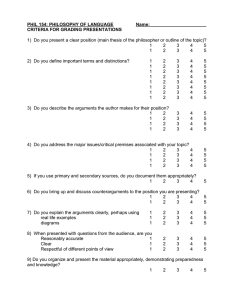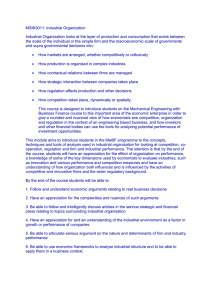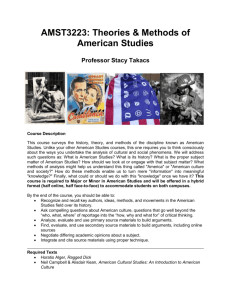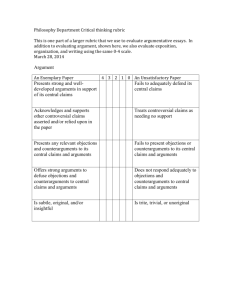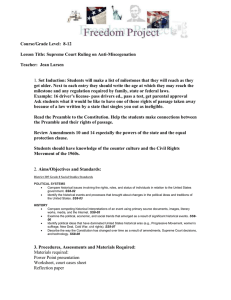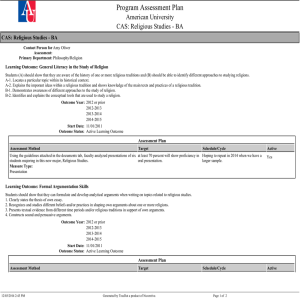video_15032011_questions
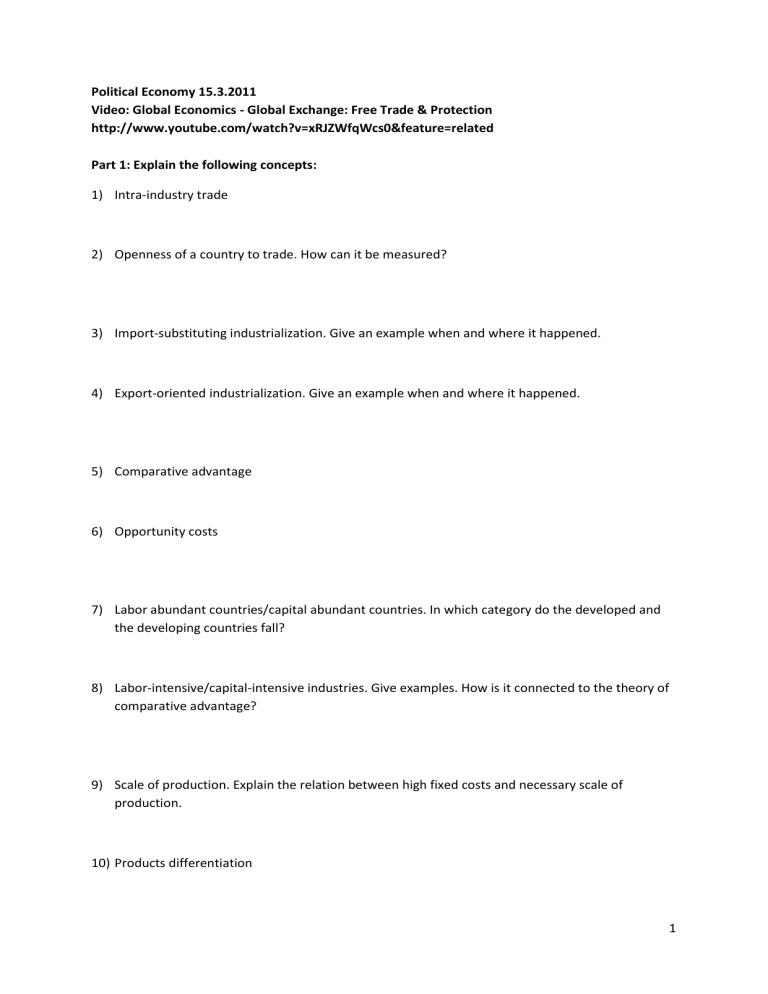
Political Economy 15.3.2011
Video: Global Economics - Global Exchange: Free Trade & Protection http://www.youtube.com/watch?v=xRJZWfqWcs0&feature=related
Part 1: Explain the following concepts:
1) Intra-industry trade
2) Openness of a country to trade. How can it be measured?
3) Import-substituting industrialization. Give an example when and where it happened.
4) Export-oriented industrialization. Give an example when and where it happened.
5) Comparative advantage
6) Opportunity costs
7) Labor abundant countries/capital abundant countries. In which category do the developed and the developing countries fall?
8) Labor-intensive/capital-intensive industries. Give examples. How is it connected to the theory of comparative advantage?
9) Scale of production. Explain the relation between high fixed costs and necessary scale of production.
10) Products differentiation
1
11) Import (export)-competing industry
12) Blue- and white-collar jobs
13) Infant-industry argument
Part 2: Trade patterns
Illustrate by concrete numbers given in the film
1) The growth in international trade (word exports) between years 1970 and 1994. What reasons are given as explanation for this sharp growth?
2) Describe the patterns of international trade focusing on dependencies between developed and developing countries. Who trades with whom, what products does each category export in general?
Part 3: Arguments for free trade
State the main arguments for free trade given in the film and explain briefly each of them.
2
Part 4: Arguments against free trade
State the principal arguments against free trade and list the main counterarguments.
Who is typically against free trade in developed countries?
What are the predictions concerning wage inequality when free trade is allowed?
Which industries do US, EU and Japan protect the most? Why does this protection occur if economists argue it’s inefficient?
Part 5: Evolution of international trade policy
20 th century: when did the international trade flourished and when it was restricted? List the principal periods.
Describe institutional development (rules and organizations) of international trade policy after WW2.
Part 6: Issues
Economists are in general for free trade. Why still many people and organizations think free trade is unfair/did not promote growth in some countries? What can be done with it?
3
